I am trying to figure out the possible solutions for detecting the position of the object in the container. the below image is to describe the scenario.
Object: spherical diameter: 5 - 7mm
Type: Ferrous or stainless steel or non ferrous (flexible)
container space to allow the object to move: 8 to 10 mm maximum.
Constraint: The solution has to be cheap. I cannot use camera both because of the cost and the power requirement. The object will be moving continuously but t a rate IR sensor would detect it.
This post is similar to my query but I need second opinion about possibility of the similar solution as i need to precise judge the X-Y position of the object (precise enough to judge whether the object is on the left or to the right of the wall). Also, considering stainless steel object.
I have found only this solution feasible so far.
- Reflective optical sensors in the wall (Example part)
- Separate Infrared transmitter and receiver pair (This will consume more power than the above one, i think)
It will be great help if you can suggest if i am on right track or should look at some other solutions.
Edit: if the constraint is only to find in which part the ball is, do I have any easy low cost solution? Considering the image is divided into 12 equal parts. The size of the wooden plank is roughly 15 cm x 15 cm. Thank you in Advance.
